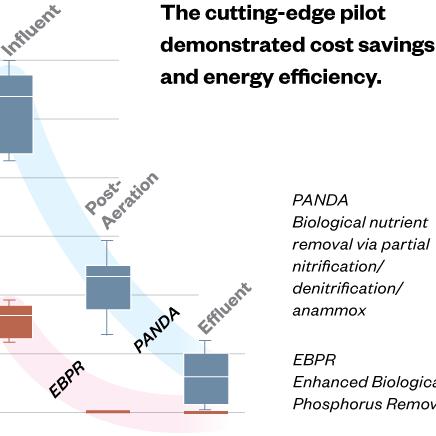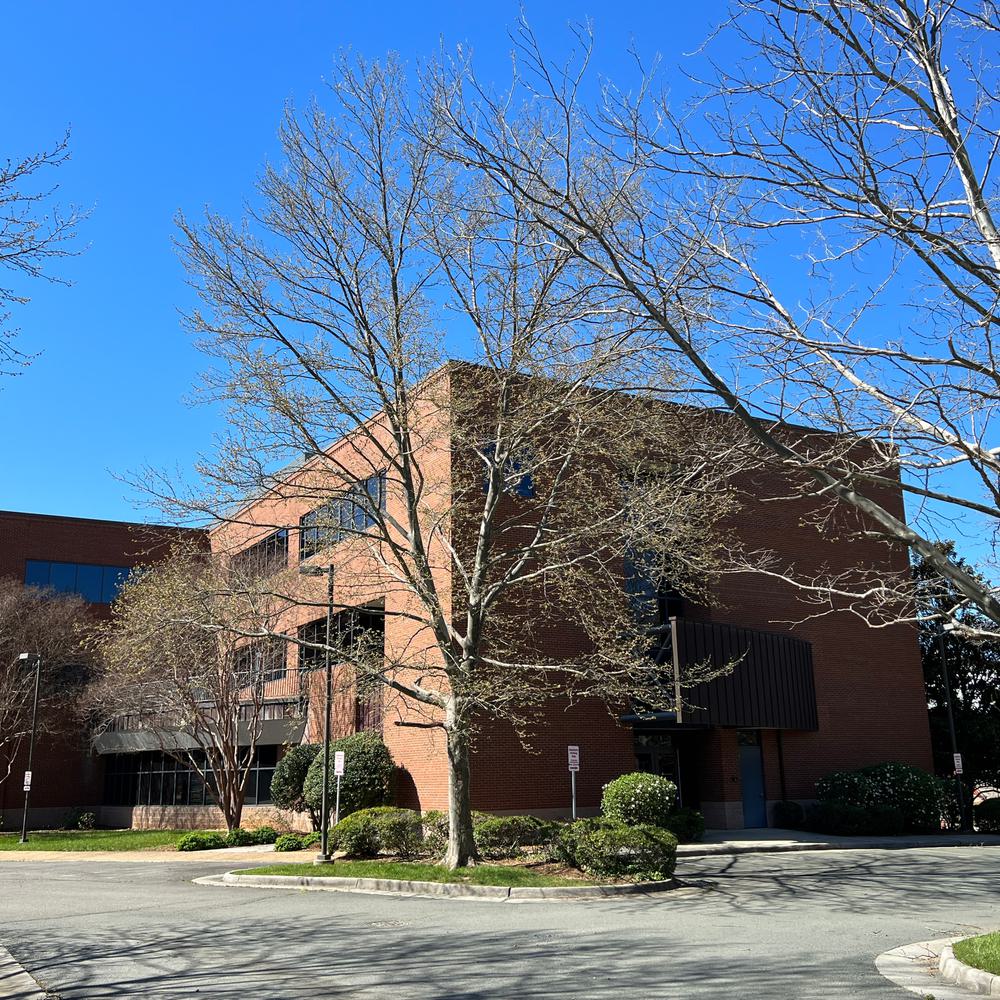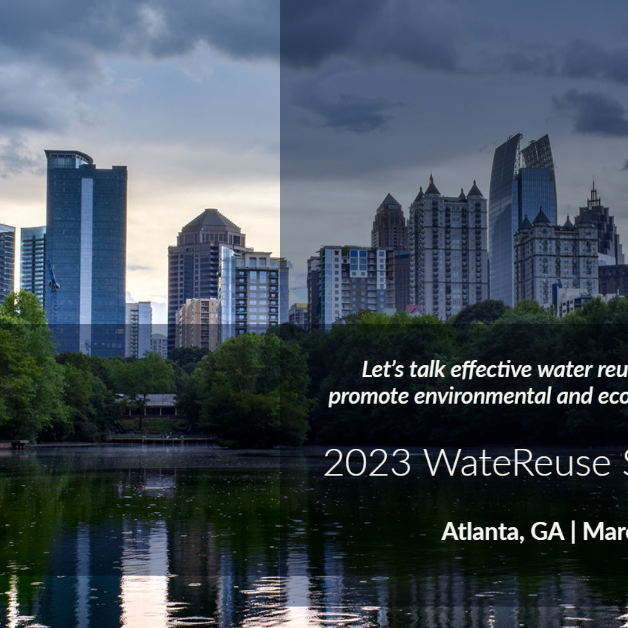Clarifier Optimization with Computational Fluid Dynamics Modeling

As populations continue to grow, so too does the waste stream. At the same time, government regulations regarding the removal of nutrients (typically nitrogen and phosphorus) from treated wastewater that is discharged back into the environment grow ever more stringent. This confluence leaves many treatment facilities facing significant capital costs as they look to expand their capacity and upgrade their treatment processes.
Optimization of the treatment process - making relatively small modifications to equipment and operating strategies, when compared to expanding the physical structure of a plant – can help facilities meet these standards and increase capacity, without unnecessary capital investment.
Full-plant simulation models are powerful tools for the evaluation, sizing, and optimization of wastewater treatment facilities. These simulators incorporate the latest advances in technical knowledge and can reliably predict performance if properly calibrated. Full-plant simulators do have limitations, however, most notably in their ability to accurately simulate the performance of clarifiers, which play a significant role in the wastewater treatment process.
Clarifier performance depends on several interrelated factors. Hydrodynamics, turbulence, flocculation (ability of suspended solids to coagulate), the settling properties of the floc, and solids rheology (solids flow characteristics) all have an impact, as do atmospheric conditions, tank geometry, internal features, and loading conditions. Current full-plant simulators normally use one-dimensional clarifier models that cannot account for all these processes and factors and, therefore, do not offer an accurate simulation of clarifier performance. However, two and three dimensional (2D and 3D) computational fluid dynamics (CFD) can...











